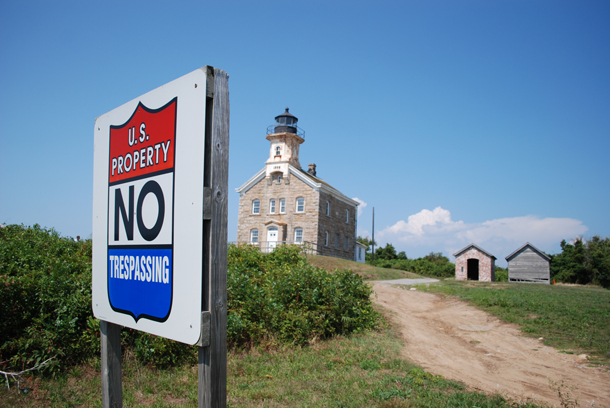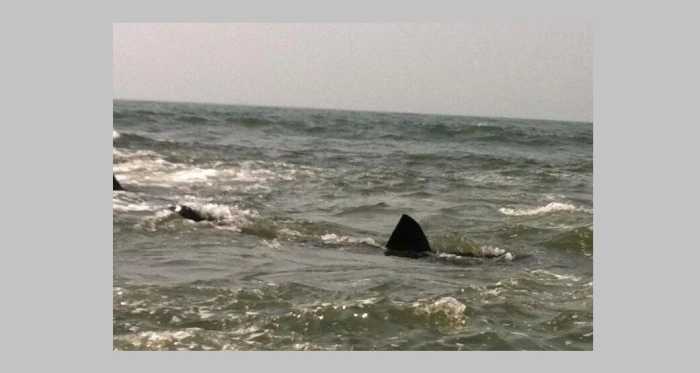Long Islanders understand that our waterways are more than just a summer weekend destination; our waterways are directly connected to our way of life. As the longest and largest island in the contiguous United States, our more than 600 miles of coastline have been ingrained in our culture and economy since our nation’s founding. However, with our waterways plagued by pollution and overdevelopment, our generation faces unique challenges.
With the Long Island Sound supporting tens of billions of dollars in economic value annually, the coastal economy is in many respects our economy. Protecting our environment goes hand in hand with protecting commerce in our region where so many jobs and small businesses depend on scenic beaches, parks and clean water to attract visitors. For me, growing up on LI, enjoying the beauty of Wertheim National Wildlife Refuge, Smith Point County Park and so many other natural treasures in our area, I am constantly reminded that in order to provide each generation with that same privilege, we must be good stewards of our environment.
Last month, I was joined by environmentalists, business leaders and local elected officials to present a united front in opposition to offshore drilling off the coast of the Island. A few months ago, I announced $2.04 million in EPA grants for local governments and community groups to protect and restore the Sound, improve its water quality, enhance living resources and educate and involve the public in revitalizing our waterways. Furthermore, last year, as co-chair of the Long Island Sound Caucus and a founding member of the Congressional Estuary Caucus, I supported full funding of the National Estuary Program at $26.7 million and doubled Long Island Sound Program funding to $8 million.
On LI, the issue of protecting our natural resources is personal, and protecting Plum Island is a perfect example. Situated off the coast of Orient Point, Plum Island is a beloved part of our local community known not only for its world-renowned hub of research, but also its pristine protected lands that cover 90 percent of the island. It is home to diverse wildlife and ecosystems including critical habitats for migratory birds, marine mammals and rare plants. This one-of-a-kind island is also an essential cultural and historical resource.
Protecting Plum Island has been one of my top priorities since coming to Congress. That is why I reintroduced the Plum Island Preservation Act, which passed the House during the last two Congresses, to stop the sale of Plum Island and to formulate a comprehensive plan for its future. The state-of-the-art research facility at Plum Island must not go to waste, and preserving this island’s natural beauty while maintaining
a research mission will continue to provide important economic and environmental benefits to Long Island.
When it comes to safeguarding our environment, improving water quality, protecting our natural resources and preserving our way of life, there is still so much work to be done. I will continue to do everything in my power to protect the Sound, Plum Island, and, the communities we are proud to call home.
Congressman Lee Zeldin (R-Shirley) is co-chair of the Long Island Sound Caucus and member of the bipartisan Climate Solutions Caucus and Congressional Shellfish Caucus in the House of Representatives.
































